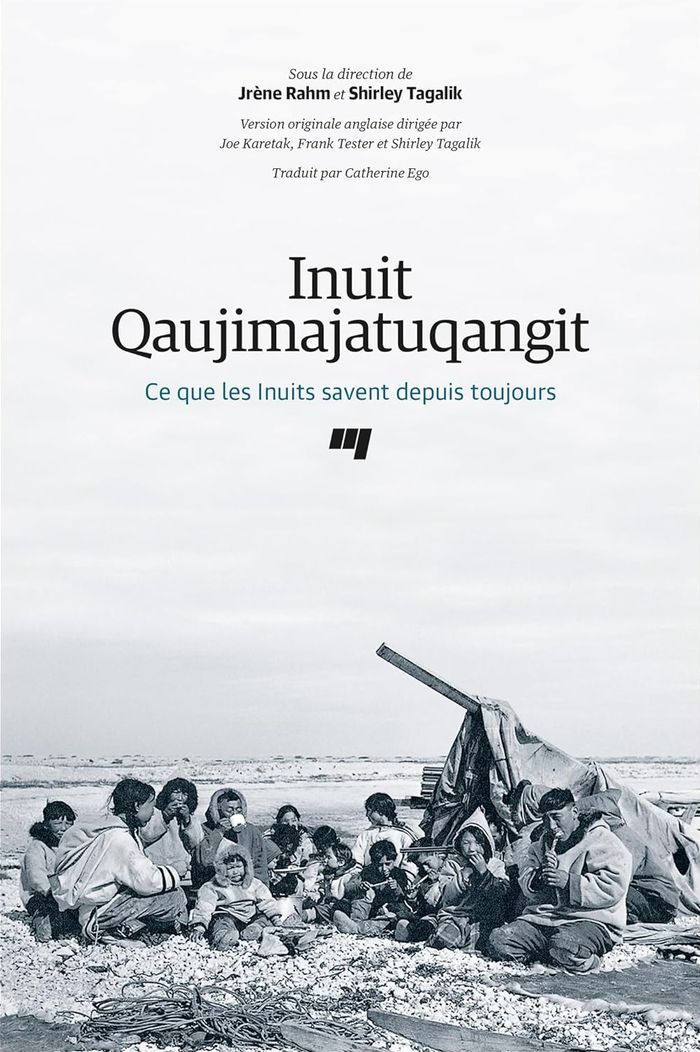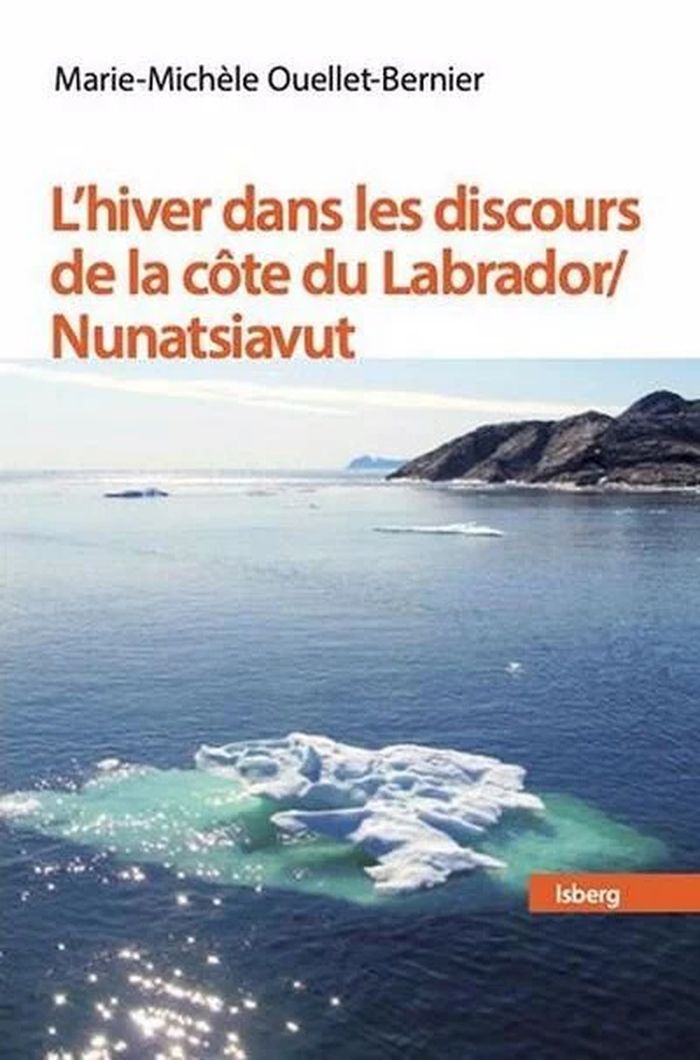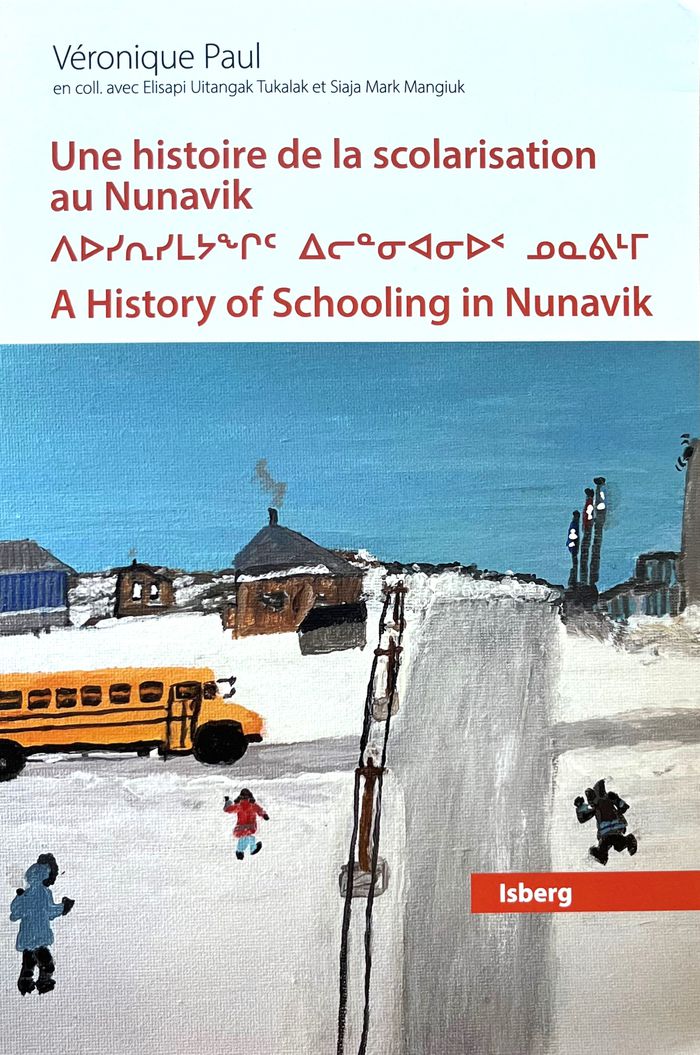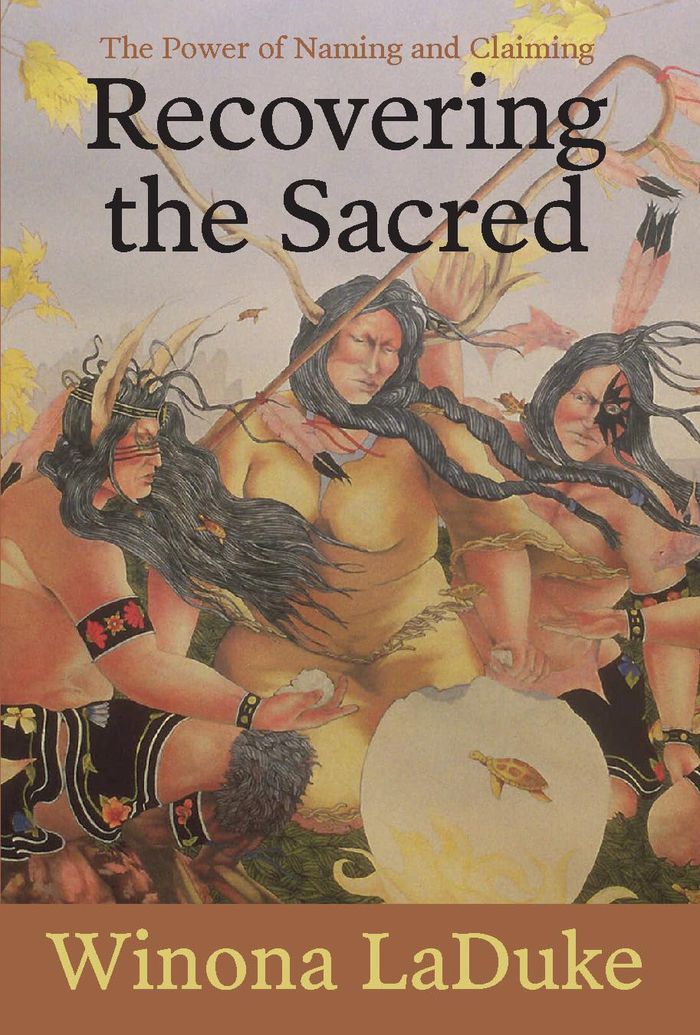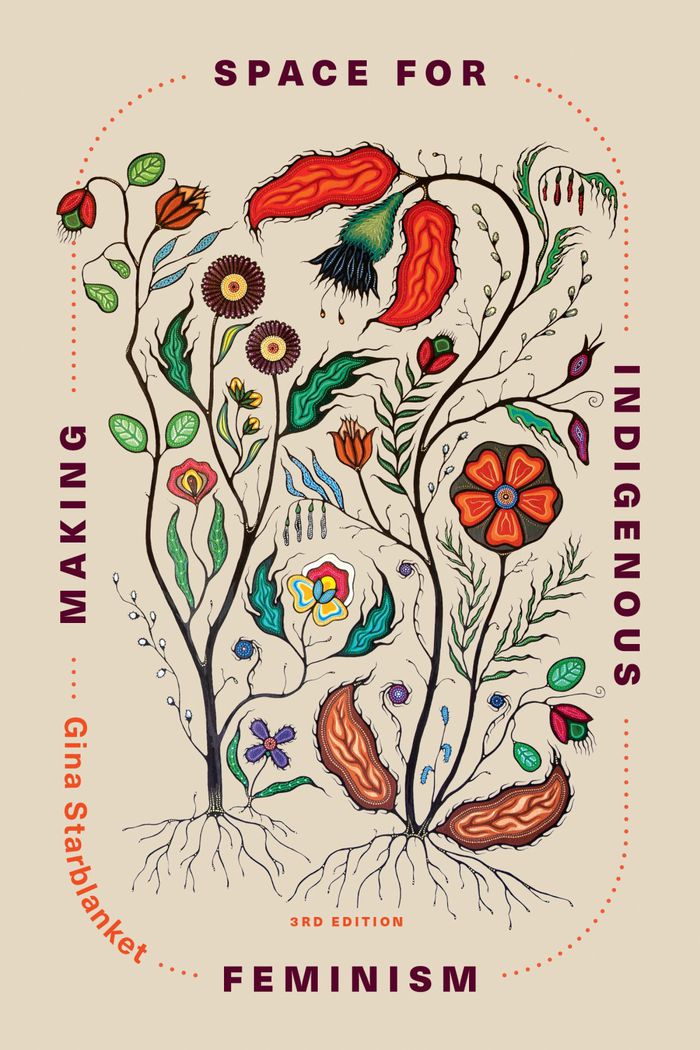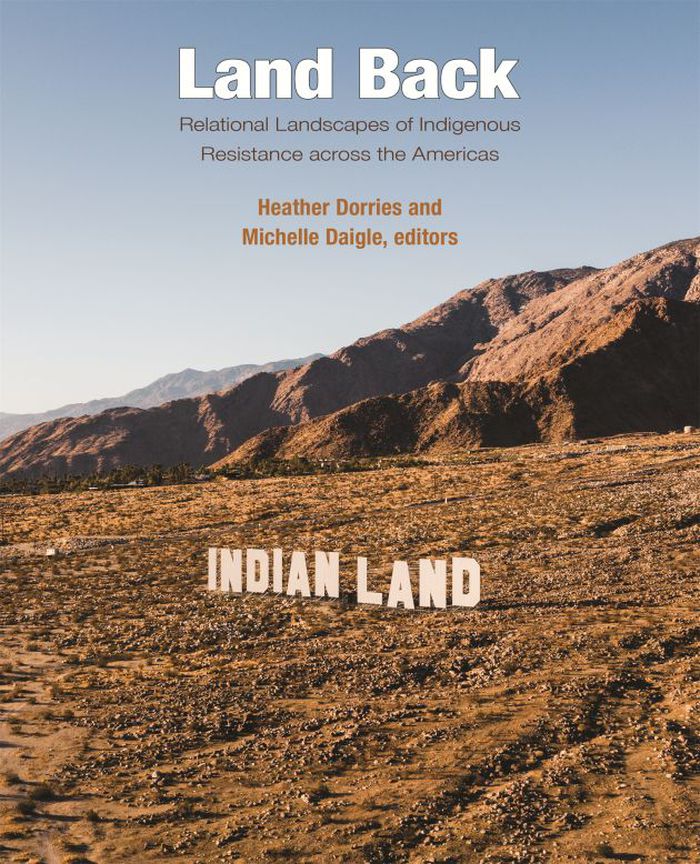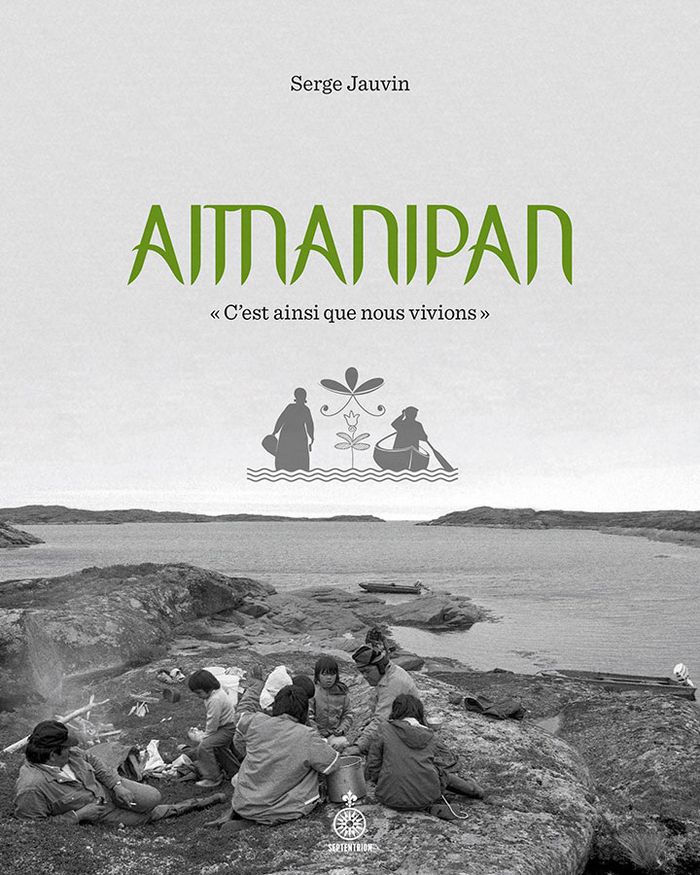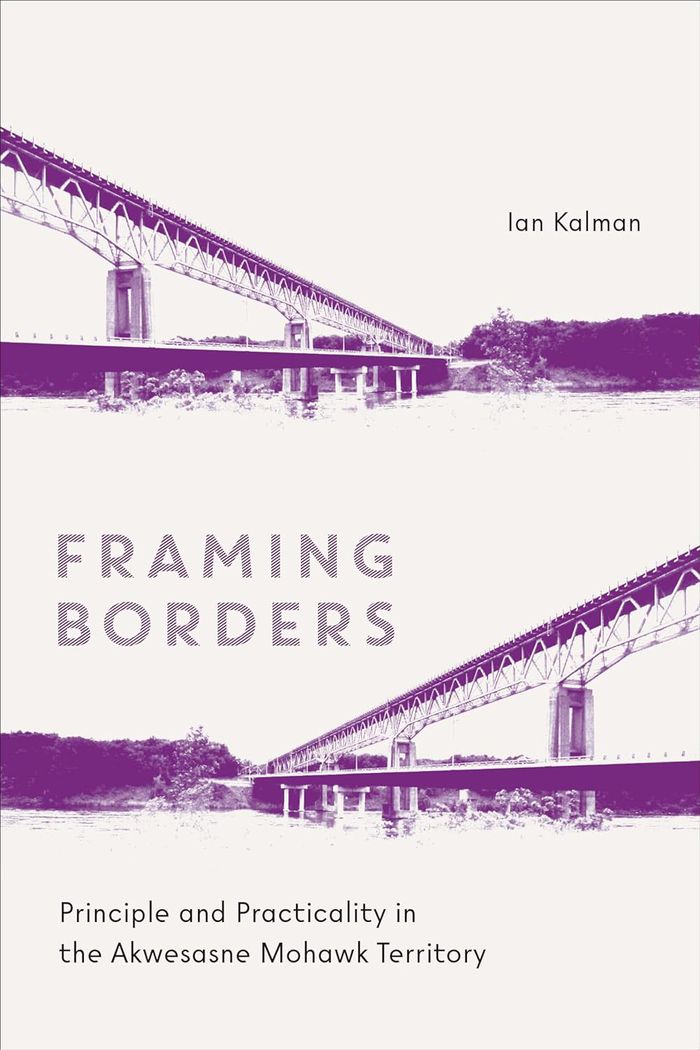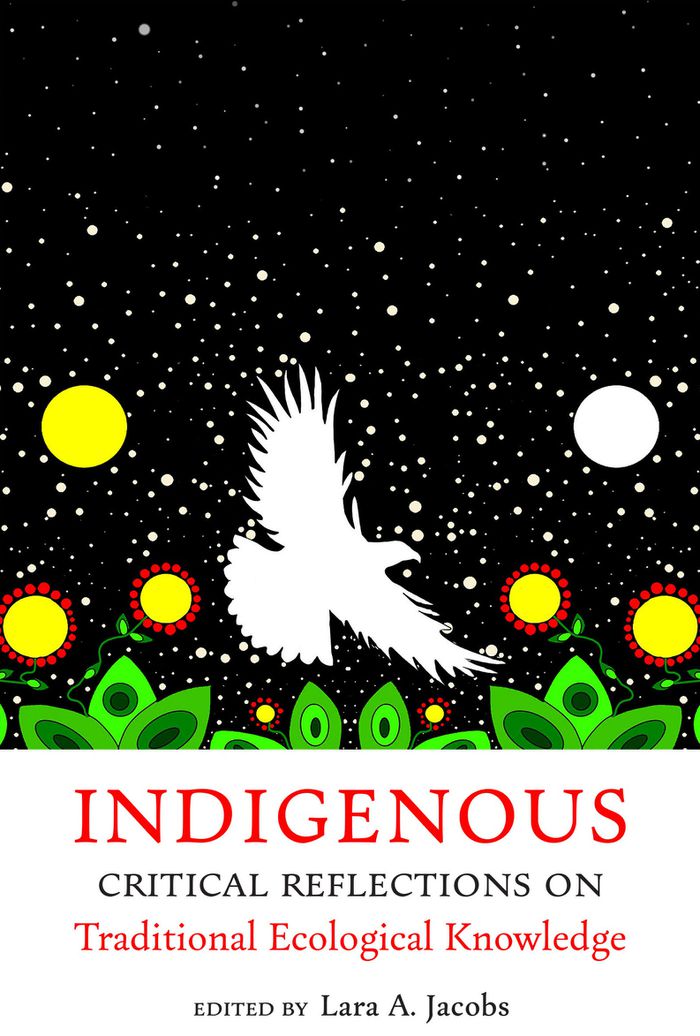$43.00
(disponible en magasin)
Résumé:
La culture et les croyances inuites, pratiquées dans un environnement nordique exigeant, offrent des perspectives et des connaissances particulièrement pertinentes pour appréhender le monde moderne. Dans un esprit de transmission, ce livre rassemble les témoignages d'aînés abordant des sujets qui, espèrent-ils, permettront une compréhension plus profonde des pratiques et(...)
Inuit Qaujimajatuqangit : Ce que les Inuits savent depuis toujours
Actions:
Prix:
$43.00
(disponible en magasin)
Résumé:
La culture et les croyances inuites, pratiquées dans un environnement nordique exigeant, offrent des perspectives et des connaissances particulièrement pertinentes pour appréhender le monde moderne. Dans un esprit de transmission, ce livre rassemble les témoignages d'aînés abordant des sujets qui, espèrent-ils, permettront une compréhension plus profonde des pratiques et des savoirs inuits. Les enseignements transmis à travers leurs récits guideront le lectorat vers des façons d'être et de penser en vue du bien commun. Inuit Qaujimajatuqangit : ce que les Inuits savent depuis toujours offre une perspective inuite sur la croissance et le développement personnels, sur les relations que nous entretenons les uns avec les autres, avec les autres êtres vivants et avec l'environnement. Il s'adresse aux générations actuelles et futures, inuites comme non inuites.
Autochtone
$35.00
(disponible en magasin)
Résumé:
A genre-bending exploration of that most elemental force—water—through Indigenous storytelling, personal memory, and the work of influential artists and writers For many years, Leanne Betasamosake Simpson took solace in skiing—in all kinds of weather, on all kinds of snow across all kinds of terrain, often following the trail beside a beloved creek near her home.(...)
Theory of water: Nishnaabe maps to the times ahead
Actions:
Prix:
$35.00
(disponible en magasin)
Résumé:
A genre-bending exploration of that most elemental force—water—through Indigenous storytelling, personal memory, and the work of influential artists and writers For many years, Leanne Betasamosake Simpson took solace in skiing—in all kinds of weather, on all kinds of snow across all kinds of terrain, often following the trail beside a beloved creek near her home. Recently, as she skied on this path against the backdrop of uncertainty, environmental devastation, rising authoritarianism and ongoing social injustice, her mind turned to the water in the creek and an elemental What might it mean to truly listen to water? To know water? To exist with and alongside water? So began a quest to understand her people's historical, cultural, and ongoing interactions with water in all its forms (ice, snow, rain, perspiration, breath). Pulling together these threads, Leanne began to see how a "Theory of Water" might suggest a radical rethinking of relationships between beings and forces in the world today. In this inventive work, Simpson draws on Nishnaabeg origin stories while artfully weaving the work of influential writers and artists alongside her personal memories and experience—and in doing so, reimagines water as a catalyst for radical transformation, capable of birthing a new world.
Autochtone
$28.00
(disponible en magasin)
Résumé:
Dans cet essai, Marie-Michèle Ouellet-Bernier nous invite à explorer l’hiver à travers le prisme des discours et des récits qui ont façonné notre compréhension de cette saison rigoureuse sur la côte du Labrador. Loin de se limiter aux seules données climatiques, l’autrice y intègre les perceptions humaines, les traditions inuites et les récits d’explorateurs pour(...)
L'hiver dans les discours de la côte du Labrador/Nunatsiavut
Actions:
Prix:
$28.00
(disponible en magasin)
Résumé:
Dans cet essai, Marie-Michèle Ouellet-Bernier nous invite à explorer l’hiver à travers le prisme des discours et des récits qui ont façonné notre compréhension de cette saison rigoureuse sur la côte du Labrador. Loin de se limiter aux seules données climatiques, l’autrice y intègre les perceptions humaines, les traditions inuites et les récits d’explorateurs pour construire une analyse interdisciplinaire qui traverse les frontières de la littérature, de la climatologie et de la culture.
Autochtone
$42.00
(disponible sur commande)
Résumé:
Dans cet essai historique en éducation, le premier sur ce sujet, Véronique Paul, en collaboration avec Elisapi Uitangak Tukalak et Siaja Mark Mangiuk, raconte les étapes et les défis de la prise en charge de la scolarisation des communautés inuites du Nunavik (Québec) de 1950 à 1990. Elle démontre la résistance dont ont fait preuve les Inuits face à des institutions(...)
Une histoire de la scolarisation au Nunavik
Actions:
Prix:
$42.00
(disponible sur commande)
Résumé:
Dans cet essai historique en éducation, le premier sur ce sujet, Véronique Paul, en collaboration avec Elisapi Uitangak Tukalak et Siaja Mark Mangiuk, raconte les étapes et les défis de la prise en charge de la scolarisation des communautés inuites du Nunavik (Québec) de 1950 à 1990. Elle démontre la résistance dont ont fait preuve les Inuits face à des institutions venues de l’extérieur et les méthodes qu’ils ont développées afin d’intégrer leur langue et leurs cultures dans leurs écoles. Elle s’intéresse particulièrement à deux communautés dissidentes, celles d’Ivujivik et de Puvirnituq, qui ont entrepris de construire et d’administrer leur propre projet d’école pour et par les populations locales. L’étude permet de mieux comprendre le chemin parcouru par ceux et celles qui ont vécu ces changements et rend compte, par conséquent, de la situation au Nunavik vis-à-vis de l’institution scolaire.
Autochtone
$33.50
(disponible en magasin)
Résumé:
The indigenous imperative to honor nature is undermined by federal laws approving resource extraction through mining and drilling. Formal protections exist for Native American religious expression, but not for the places and natural resources integral to ceremonies. Under what conditions can traditional beliefs be best practiced? "Recovering the Sacred" features a(...)
Recovering the sacred: The power of naiming and claiming
Actions:
Prix:
$33.50
(disponible en magasin)
Résumé:
The indigenous imperative to honor nature is undermined by federal laws approving resource extraction through mining and drilling. Formal protections exist for Native American religious expression, but not for the places and natural resources integral to ceremonies. Under what conditions can traditional beliefs be best practiced? "Recovering the Sacred" features a wealth of native research and hundreds of interviews with indigenous scholars and activists.
Autochtone
$40.00
(disponible en magasin)
Résumé:
This book bridges generations of powerful Indigenous feminist thinking to demonstrate the movement’s cruciality for today. ''Indigenous feminists'' in the first edition fought for feminism to be considered a valid and essential intellectual and activist position. The second edition animated Indigenous feminisms through real-world applications. This third edition, curated(...)
Making space for indigenous feminism 3rd edition
Actions:
Prix:
$40.00
(disponible en magasin)
Résumé:
This book bridges generations of powerful Indigenous feminist thinking to demonstrate the movement’s cruciality for today. ''Indigenous feminists'' in the first edition fought for feminism to be considered a valid and essential intellectual and activist position. The second edition animated Indigenous feminisms through real-world applications. This third edition, curated by award-winning scholar Gina Starblanket, reflects and celebrates Indigenous feminism’s intergenerational longevity through the changing landscape of anti-colonial struggle and theory. Diverse contributors examine Indigenous feminism’s ongoing relevance to contemporary contexts and debates, including queer and Two-Spirit approaches to decolonization, gendered and sexualized violence, storytelling and narrative, land-based presence, Black and Indigenous relationalities and more. Feminism has much to offer Indigenous women, and all Indigenous Peoples, in their struggles against oppression.
Autochtone
$105.00
(disponible sur commande)
Résumé:
''Land Back'' highlights the ways Indigenous peoples and anti-colonial co-resistors understand land relations for political resurgence and freedom across the Americas. Contributors place Indigenous practices of freedom within the particularities of Indigenous place-based laws, cosmologies, and diplomacies, while also demonstrating how Indigeneity is shaped across colonial(...)
Land back: Relational landscapes of indeginous resistance across the Americas
Actions:
Prix:
$105.00
(disponible sur commande)
Résumé:
''Land Back'' highlights the ways Indigenous peoples and anti-colonial co-resistors understand land relations for political resurgence and freedom across the Americas. Contributors place Indigenous practices of freedom within the particularities of Indigenous place-based laws, cosmologies, and diplomacies, while also demonstrating how Indigeneity is shaped across colonial borders. Collectively, they examine the relationships among language, Indigenous ontologies, and land reclamation; Indigenous ecology and restoration; the interconnectivity of environmental exploitation and racial, class, and gender exploitation; Indigenous diasporic movement; community urban planning; transnational organizing and relational anti-racist place-making; and the role of storytelling and children in movements for liberation.
Autochtone
$60.00
(disponible sur commande)
Résumé:
Au début des années 1980, alors qu'il était jeune photographe, Serge Jauvin a passé un long séjour chez les Innus d'Unamen Shipu (La Romaine) dans la famille d'Hélène et de William-Mathieu Mark. Il a reçu d'eux le témoignage exceptionnel de leur passage du nomadisme à la sédentarité et l'a documenté à travers son journal et ses photographies. Cela lui a permis d'illustrer(...)
Aitnanipan : « C'est ainsi que nous vivions »
Actions:
Prix:
$60.00
(disponible sur commande)
Résumé:
Au début des années 1980, alors qu'il était jeune photographe, Serge Jauvin a passé un long séjour chez les Innus d'Unamen Shipu (La Romaine) dans la famille d'Hélène et de William-Mathieu Mark. Il a reçu d'eux le témoignage exceptionnel de leur passage du nomadisme à la sédentarité et l'a documenté à travers son journal et ses photographies. Cela lui a permis d'illustrer à la fois la vie dans la communauté et celle sur le Nutshimit, le territoire ancestral. Ce récit sur les derniers nomades de la Côte-Nord n'est pas le regard extérieur d'un étranger. Au contraire, il constitue un témoignage intime du savoir-être et du savoir-faire innu. Il est une empreinte indélébile qui témoignera aux générations futures de la contribution d'un peuple millénaire de l'Amérique septentrionale «qui vivait ainsi».
Autochtone
$28.95
(disponible sur commande)
Résumé:
''Framing borders'' addresses a fundamental disjuncture between scholastic portrayals of settler colonialism and what actually takes place in Akwesasne Territory, the largest Indigenous cross-border community in Canada. Whereas most existing portrayals of Indigenous nationalism emphasize border crossing as a site of conflict between officers and Indigenous nationalists,(...)
Framing borders: principle and practicality in the Akwesasne Mohawk territory
Actions:
Prix:
$28.95
(disponible sur commande)
Résumé:
''Framing borders'' addresses a fundamental disjuncture between scholastic portrayals of settler colonialism and what actually takes place in Akwesasne Territory, the largest Indigenous cross-border community in Canada. Whereas most existing portrayals of Indigenous nationalism emphasize border crossing as a site of conflict between officers and Indigenous nationalists, in this book Ian Kalman observes a much more diverse range of interactions, from conflict to banality to joking and camaraderie. ''Framing Borders'' explores how border crossing represents a conversation where different actors "frame" themselves, the law, and the space that they occupy in diverse ways. Written in accessible, lively prose, Kalman addresses what goes on when border officers and Akwesasne residents meet, and what these exchanges tell us about the relationship between Indigenous actors and public servants in Canada. This book provides an ethnographic examination of the experiences of the border by Mohawk community members, the history of local border enforcement, and the paradoxes, self-contradictions, and confusions that underlie the border and its enforcement.
Autochtone
$51.50
(disponible en magasin)
Résumé:
With more than fifty contributors, ''Indigenous critical reflections on traditional ecological knowledge'' offers important perspectives by Indigenous Peoples on Traditional Ecological Knowledge and Indigenous value systems. The book aims to educate and inspire readers about the importance of decolonizing how Indigenous Knowledges are considered and used outside of Native(...)
Indigenous critical reflections on traditional ecological knowledge
Actions:
Prix:
$51.50
(disponible en magasin)
Résumé:
With more than fifty contributors, ''Indigenous critical reflections on traditional ecological knowledge'' offers important perspectives by Indigenous Peoples on Traditional Ecological Knowledge and Indigenous value systems. The book aims to educate and inspire readers about the importance of decolonizing how Indigenous Knowledges are considered and used outside of Native communities. By including the work of Indigenous storytellers, poets, and scholars from around the globe, editor Lara Jacobs and chapter authors effectively explore the Indigenous value systems-relationships, reciprocity, and responsibility-that are fundamental to Indigenous Knowledge systems and cultures. Indigenous languages and positionality statements are featured for each of the contributors to frame their cultural and geographical background and to allow each Indigenous voice to lead discussions and contribute critical discourse to the literature on Indigenous Knowledges and value systems. By creating space for each of these individual voices, this volume challenges colonial extraction norms and highlights the importance of decolonial methods in understanding and protecting Indigenous Knowledges.
Autochtone
